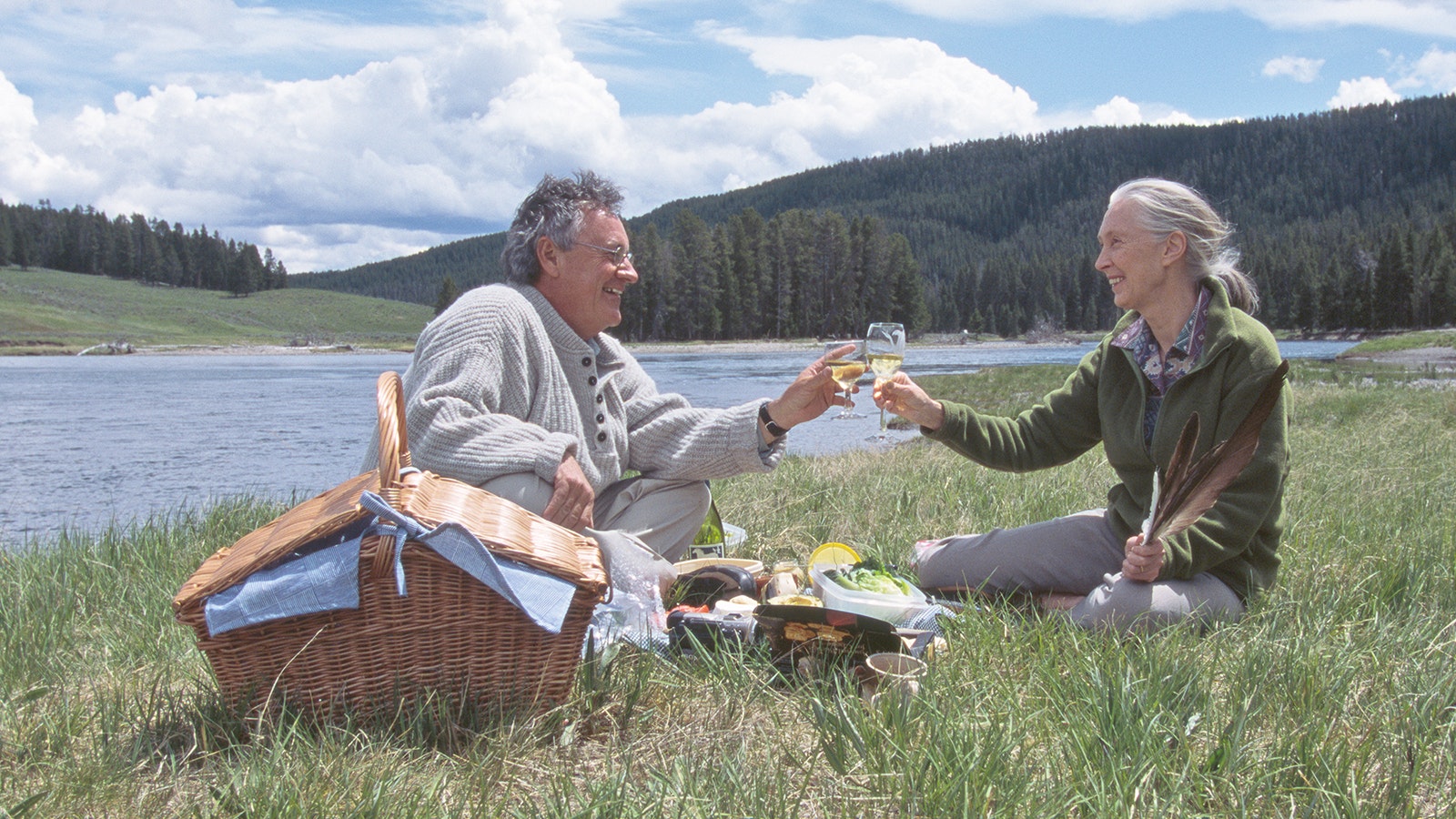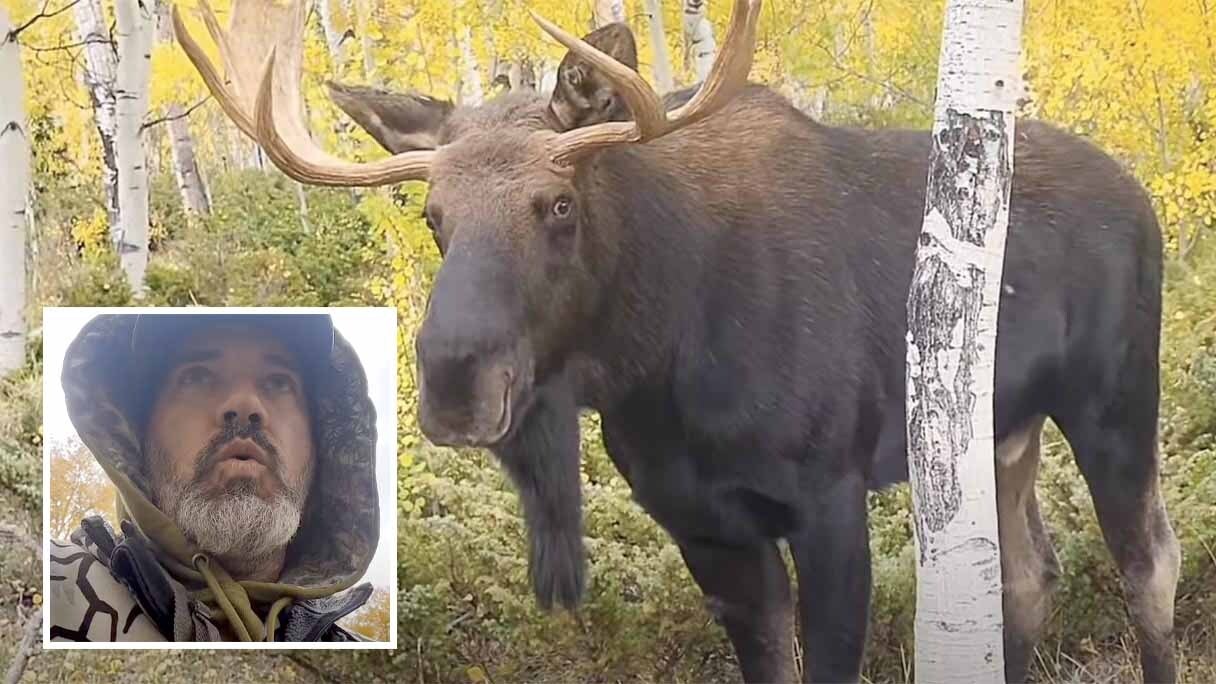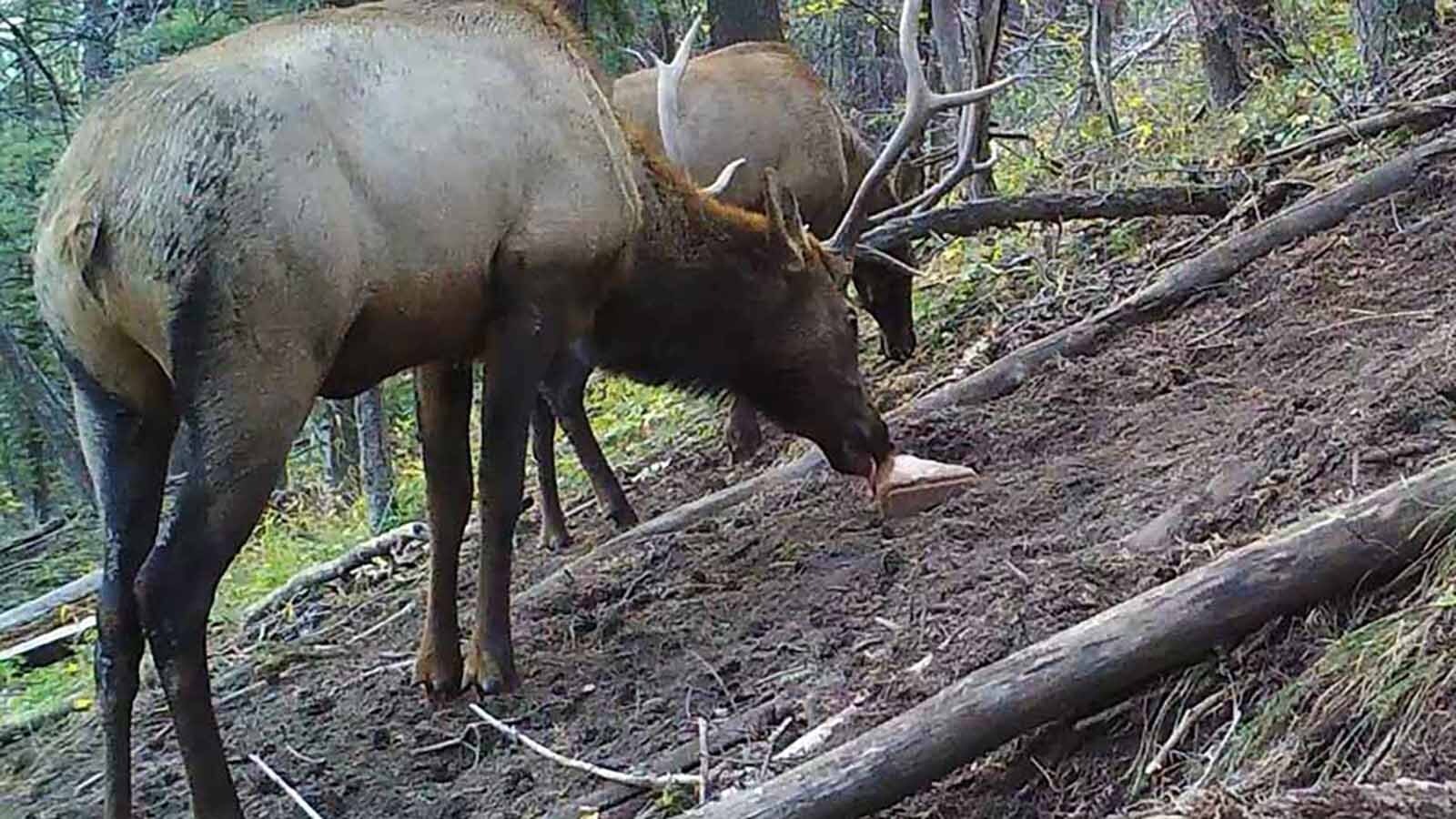When hunters kill big game animals, there’s a lot left over once the meat has been taken: hide, bones, guts and such.
It’s illegal to dump leftover carcass parts anywhere other than the kill site, but plenty of people do it anyway. Impromptu dumps near towns or just off public roads can turn into rancid piles of carcasses.
The Wyoming Game and Fish Department also worries that careless carcass disposal can contribute to the spread of chronic wasting disease (CWD), which is fatal in deer, elk and moose.
To help stem the reeking tide, Game and Fish has set up carcass dumpsters at several locations in the Sheridan-Buffalo area, and is encouraging hunters to use those instead of tossing out animal parts in random places.
The response from hunters has been good, Game and Fish Sheridan Region spokeswoman Christina Schmidt told Cowboy State Daily.
“Usage of the dumpsters varies by location, but the most heavily used one has averaged approximately 7 tons of carcasses during the hunting season,” she said. "These are parts of the animal left over after processing."
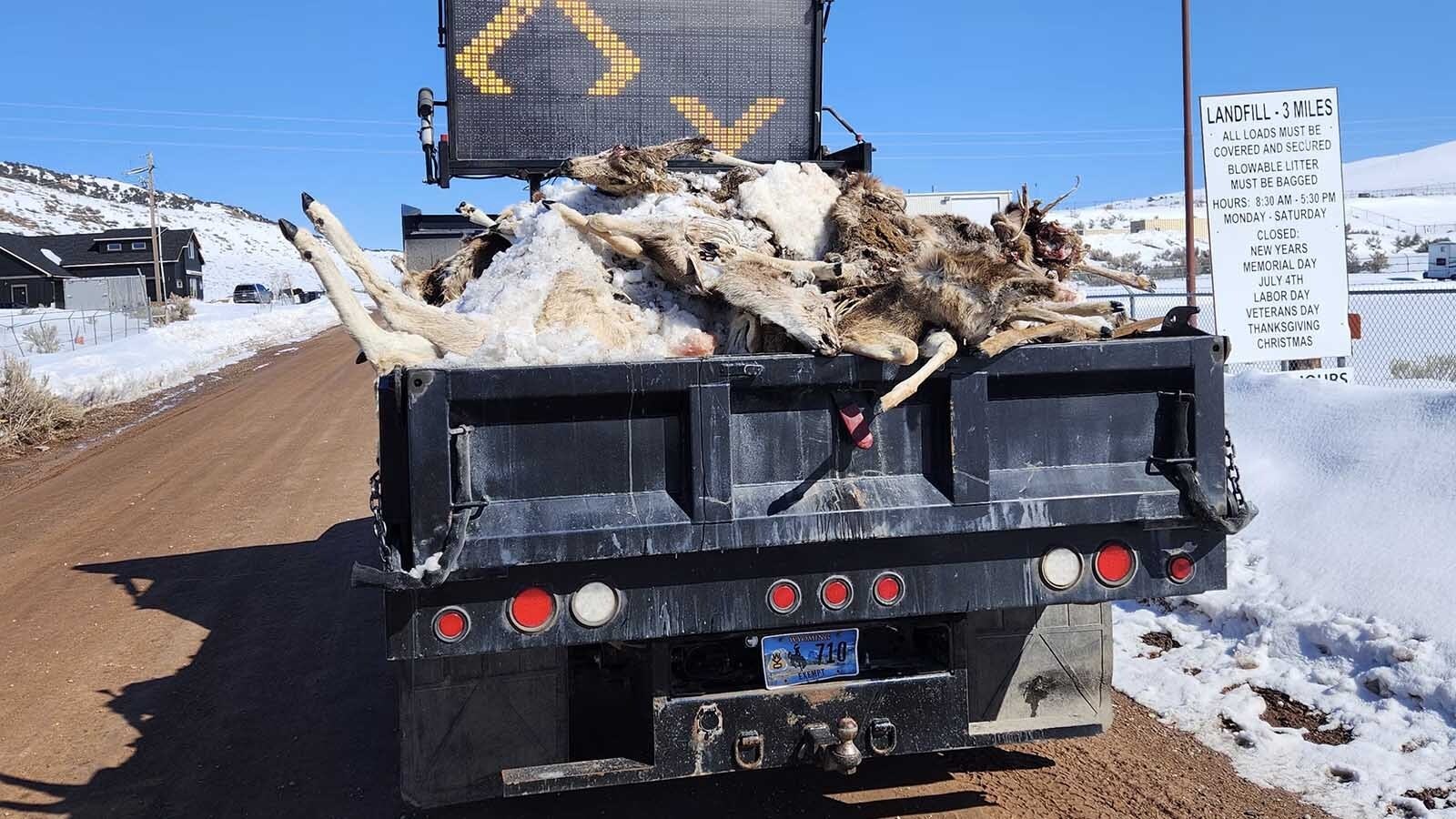
‘Edible Portions’
Which big game animal parts might, or might not, come out of the field with hunters can be a complicated matter.
Some hunters gut the animal and haul out the whole carcass. However, that only works when a vehicle or camp is nearby.
Hunters who go back in farther and shoot animals miles from the nearest road typically quarter the carcass, or they bone out the meat and take only the edible portions with them.
That can be done in a backpack or with livestock such as horses or pack goats.
Game and Fish defines edible portions as the meat from the front and hind quarters, the backstrap and tenderloins.
Some hunters also take meat from the neck, ribs and belly.
Some hunters take the hide, or parts of it, while others don’t. And most also take the antlers or horns, attached either to the skull plate or the entire head.
In areas where CWD testing is required, hunters also must pack out the head or remove the lymph nodes so Game and Fish can test them for the disease.
Hunter Shaun Harris of Cody is one of those who hunts in remote places and packs out deboned meat rather than trying to drag an entire carcass over great distance.
Even in remote areas, he takes the extra step of scattering the remains about so they aren’t piled up in one spot.
“You could go back out there hunting two or three days later, and unless you really know what you’re looking for, you’d never know if there’s a kill site there, because the coyotes and the crows have gotten to it,” he said.
Heaps Of Carcasses
Harris thinks the Game and Fish carcass dumpsters are a good idea.
They might prevent clandestine carcass dump sites that pop up around towns or near roads every fall, he said.
Typically “it’s just in a known spot, so you’ll get 20, 30 or 40 carcasses piled up out there,” he said.
That’s the sort of scenario Game and Fish hopes to avoid to help prevent the spread of CWD, which is caused by prions, or malformed proteins. It primarily attacks animals’ brains and nervous systems.
Game and Fish urges hunters to be cautious about leaving animal heads and spines piled up in unauthorized spots.
“Whole carcasses can be transported to a camp, private residence for processing, a taxidermist, a processor, or a CWD sample collection site in Wyoming provided that the head and all portions of the spinal column remain at the site of kill or such parts are disposed of in any approved landfill or approved incinerator in Wyoming,” according to Game And Fish.
It's also illegal for non-resident hunters to transport whole deer, elk or moose carcasses out of Wyoming.
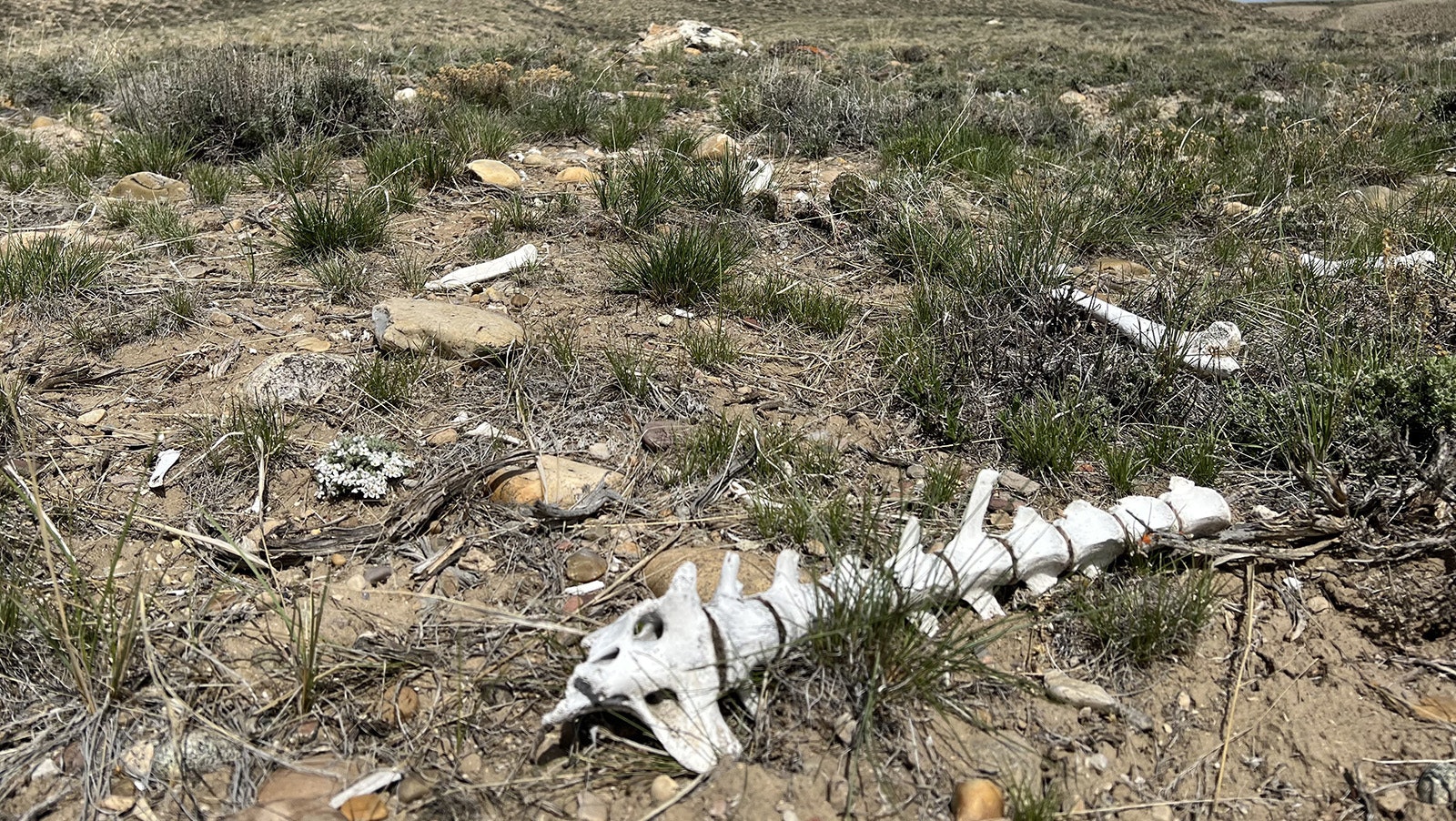
Ranchers: Just Be Polite About It
Some Wyoming ranchers told Cowboy State Daily that they generally don’t mind hunters leaving carcass parts or gut piles at kill sites, so long as they’re considerate about it.
“If somebody brought the antelope or deer into your corrals and used the cross-members to hoist it up to gut it, and then left the gut pile there, that would be a problem,” said Dennis Sun, who ranches near Casper.
Carcass parts can draw in predators, which ranchers don’t want near their livestock, Sun added.
“It’s better to put them where there aren’t roads or farms or ag facilities,” he said.
Sweetwater County rancher Thomas Chant said his ranch provides forage, water and habitat for numerous elk.
He doesn’t mind that, but he wants hunters who kill elk on or near his land to practice good “Western etiquette” in return.
They should be mindful of where they leave gut piles, particularly when ranch dogs are around, Chant said.
“Gut piles, when they rot and stink, your dog can get into it,” he said.
“Your dog is going to be pretty happy, for a short period of time. But then you’re not going to be happy,” he added.
It doesn’t take much time and extra effort for hunters to do the right thing, Chant said.
“Maybe you can take the extra two seconds it takes to roll that gut pile over into some sagebrush so it isn’t an eyesore for whoever comes down that road,” he said.
Game and Fish has also tried to be polite about where it puts carcass dumpsters so as to not fumigate occupied areas with the odor of decay, Schmidt said.
“Dumpsters are located in areas where they are visible and easily accessed by hunters, but also not near residences or businesses,” she said. "They are emptied regularly by professional sanitation companies to minimize odor and keep the area as clean as possible."
Mark Heinz can be reached at mark@cowboystatedaily.com.



